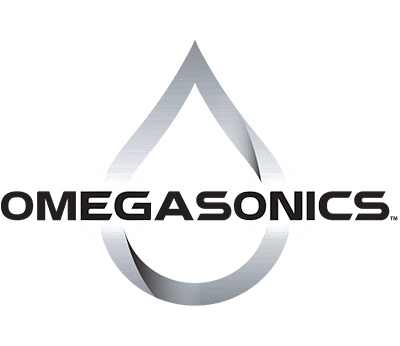For many in our generation, vinyl records hold a dear place. There is just something about that little scratchy sound and actually spinning a record that brings back amazing memories from our childhood. The problem, of course, is that over time, these records gather debris and dust, and when you break them out, they do not sound the same and at times, are almost unplayable. Believe it or not, you can bring some of those old records back to life by using an ultrasonic cleaner from Omegasonics to restore them.
Understanding Ultrasonic Cleaning
Ultrasonic cleaners work by emitting high-frequency sound waves that create microscopic cavitation bubbles in a cleaning solution. These bubbles implode, generating tiny but powerful cleaning actions that dislodge dirt and grime from even the smallest crevices. For vinyl records, this means reaching deep into the grooves where traditional brushes and cloths cannot.
Benefits of Ultrasonic Cleaning for Vinyl Records
- Deep Cleaning: The ultrasonic cleaning process can remove not only surface dust but also embedded particles that have settled deep within the record grooves. This thorough cleaning can significantly reduce surface noise, restoring the clarity and depth of the music.
- Gentle on Records: Unlike some manual cleaning methods that can potentially damage the delicate surface of vinyl records, ultrasonic cleaners provide a non-invasive and gentle cleaning solution. This ensures that the records are cleaned without any risk of scratching or damaging the grooves.
- Efficiency: Ultrasonic cleaners can clean multiple records at once, depending on the size and capacity of the machine. This makes the process efficient, saving time for collectors with large collections.
Steps to Clean Vinyl Records with an Ultrasonic Cleaner
- Preparation: Fill the ultrasonic cleaner with distilled water and add a few drops of a record-safe cleaning solution. It’s important to use distilled water to prevent mineral deposits on the records.
- Record Placement: Place the vinyl records in the cleaner using a spindle or a specially designed rack to keep them upright and spaced apart. This ensures even cleaning across the entire surface of the records.
- Cleaning Process: Set the cleaner to a gentle cycle, usually around 3-5 minutes. The exact time may vary depending on the level of contamination and the specific cleaner’s instructions.
- Rinsing and Drying: After cleaning, rinse the records with distilled water to remove any residual cleaning solution. Dry the records using a microfiber cloth or let them air dry in a dust-free environment.
Considerations and Precautions
While ultrasonic cleaning is highly effective, it’s essential to follow the manufacturer’s guidelines for both the cleaner and the records. Avoid using harsh chemicals or high temperatures, as these can damage the vinyl. Additionally, regular cleaning with an ultrasonic cleaner can help maintain records in optimal condition, ensuring a long-lasting, high-quality listening experience.
We know you cherish your records, which is why we recommend consulting with a member of our team before setting on a tank, accessories, and cleaning solution. Our team members can go over your cleaning project to recommend the proper settings and cleaning solution to ensure your records are restored and undamaged through the cleaning process. And remember, this is not only ideal for someone with a collection, but someone who deals in vinyl can benefit from this as well, as you would be selling a far better product to your customers that your competition. For more information about our tanks, click here. Or, if you would like to speak to a member of our team, call us at (888) 989-5560.

